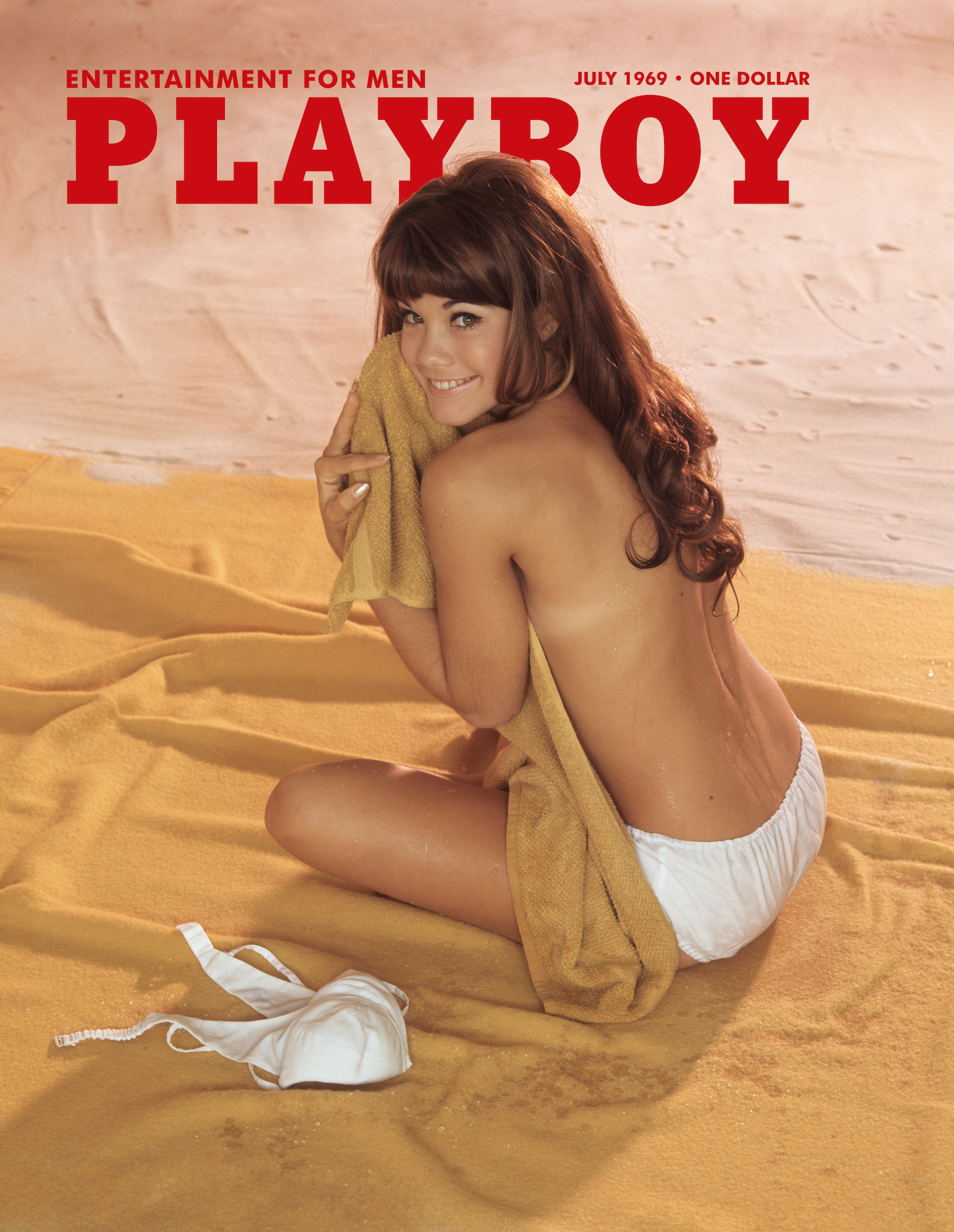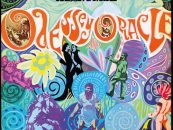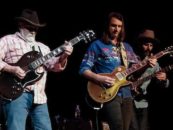Remembering Hugh Hefner, Playboy Founder and Rock Champion
by Best Classic Bands Staff
Hugh Hefner (Photo via Playboy; used with permission)
Hugh M. Hefner, the American icon who in 1953 introduced the world to Playboy magazine and built Playboy Enterprises into one of the most recognizable American global brands in history, died September 27, 2017, at his home, the Playboy Mansion. He was 91 years old.
Starting from his kitchen table 64 years ago, Hefner’s uncompromising vision drove the creation of not just the iconic and groundbreaking magazine, but what has become one of the world’s most enduring and recognizable brands. In the process, Playboy became the largest-selling and most influential men’s magazine in the world, spawning a number of successful global businesses.

Playboy’s July 1969 cover featured Hef’s girlfriend, Barbi Benton
After serving in the Army, attending college and working for number of years in the magazine publishing industry, Hefner became convinced that there was a market for an upscale men’s magazine. By putting up his furniture as collateral for a loan and borrowing the rest from family and friends, Hefner published the very first issue of Playboy in December 1953. The magazine was an instant sensation.
From the very start, Playboy was about more than just the beautiful women featured in its pages. Hef, as he was called, took a progressive approach not only to sexuality and humor, but also to literature, politics and culture. Within its pages, Playboy published fiction by such writers as Ray Bradbury, Charles Beaumont, John Updike, Ian Fleming, Joseph Heller, Gabriel Garcia Marquez, Margaret Atwood, Jack Kerouac and Kurt Vonnegut.
The now standard-setting “Playboy Interview” debuted in 1962 when frequent contributor Alex Haley interviewed jazz legend Miles Davis. Haley’s Playboy interviews, which are still important reads for cultural historians, also included Malcolm X (1963), Martin Luther King (1965), and, perhaps most famously, George Lincoln Rockwell (1966), the founder of the American Nazi Party.
Listen to Nat Hentoff’s interview with Bob Dylan for the March 1966 issue
As the host of a television series, Playboy’s Penthouse, Hefner paved the way as the first televised program to feature mixed groups of African American and white performers and audience members together. He also fought against the racist Jim Crow laws in the South by integrating Playboy Clubs in Miami and New Orleans.
Another TV program, Playboy After Dark, regularly featured top rock acts, including Steppenwolf (see clip below), Deep Purple, Ike and Tina Turner, the Grass Roots, Iron Butterfly, Harry Nilsson, Linda Ronstadt, James Brown, the Sir Douglas Quintet, Grand Funk Railroad and the Byrds.
Watch the Byrds’ performance
In a 1969 appearance, the Grateful Dead’s soundman and acid guru Owsley Stanley famously dosed the entire crew and the assembled Playmates with LSD prior to the show.
Watch a clip of Playboy After Dark featuring Steppenwolf
Related: When Hugh Hefner championed rock music
When the U.S. Post Office refused to deliver Playboy to subscribers through the mail, he fought all the way to the Supreme Court, winning a landmark decision that was widely considered a victory for free speech. He fought the country’s archaic “sodomy laws,” firmly believing that the government had no place in American bedrooms. His work in this area has been recognized as influential by historians of the gay rights movement.
In 1980, Hefner championed the reconstruction of the Hollywood sign and was honored with a star on the Hollywood Walk of Fame for his efforts. In the shadow of the sign that he helped to preserve, Hefner staged the annual Playboy Jazz Festival at the Hollywood Bowl, an event which took place for four decades.
Related: The Playboy Mansion was sold in 2016 for $100 million

Former Playboy of the Year Jenny McCarthy made a return appearance on the cover of the January 2005 issue
Hefner was a recipient of numerous accolades and awards for his contributions to society and the publishing industry, including:
Received the 1996 International Publishing Award from the International Press Directory in London and was inducted into the Hall of Fame of the American Society of Magazine Editors at its 1998 ceremonies in New York.
In 2001, inducted into the New York Friars Club as an honorary Friar on the occasion of his gala Roast in New York City, an evening of uninhibited comedy subsequently aired nationwide on the Comedy Central network.
In January of 2002, received the Henry Johnson Fisher Award, the highest honor of the Magazine Publishers of America.
In 2002, inducted as an honorary member of the Harvard Lampoon, which named him “Harvard Lampoon’s Best Life-Form In The History Of The Universe.”
In 2010, received both the Award of Honor and the First Amendment Award from the prestigious PEN Center USA organization.
In 2011, honored by with their “Mr. Wonderful” award for a lifetime of philanthropy and that same year he received the Lifetime Achievement Award by the Los Angeles Press Club.
A two-time Guinness Book of World Records holder for being the longest running editor of a magazine and for having the largest scrapbook collection, which currently consists of more than 2,900 volumes.
Hefner was buried at Westwood Village Memorial Park next to Marilyn Monroe. He purchased the plot years earlier next to the actress who graced the cover of the magazine’s first issue.
Born on April 9, 1926, in Chicago, Hef is survived by his wife Crystal and four grown children: Christie, who served as CEO of Playboy Enterprises for more than 20 years; David, Marston and Cooper. Since his death, his legacy has grown far more complicated with numerous charges that he engineered a culture of abuse of the women who visited the mansion and/or posed for the magazine.
When Secrets of Playboy, a 2022 documentary for A&E, was released, USA Today spoke with several insiders and pundits to look at Hefner’s legacy from several angles.
— Keith Richards (@officialKeef) September 28, 2017






1 Comment so far
Jump into a conversationThe Brits may have had “Ready, Steady, Go!” But we had “Playboy After Dark,” which was dark and mysteriously cool. It was a thrill to be able to be stay up late enough to watch such an “adult” show. But the greatest part of it was the music. Speaking of which, while Steppenwolf was given plenty of kudos back in the day, they seem to have been largely forgotten over time. The weren’t many more iconic bands in the 60s that combined brilliant and exciting music that stands up today, along with a unique counter-culture mystique than Steppenwolf. They were, and are, an original, some say the originators of heavy metal rock, but they were way better than just being headbangers.